
The glittering facade of a cruise vacation, with its promise of stress-free getaways, gourmet dining, and endless entertainment, often masks a lesser-known, yet incredibly vital, chapter in a ship’s life: its eventual demise. While we revel in the luxury and convenience these colossal vessels offer, few ponder what happens when their operational lifespan concludes. These majestic floating cities, once bustling with life and laughter, ultimately sail towards their final, often dramatic, resting place.
In a stark contrast to the pampered voyages they once hosted, many of these multimillion-dollar behemoths, including beloved cruise liners, find their way to remote shores across the globe, not for a picturesque port call, but for a process known as shipbreaking. This industry, essential yet fraught with controversy, serves as the ultimate recycling plant for the world’s maritime fleet. It’s a journey from luxury to disassembly, revealing a complex web of economics, environmental impact, and human endeavor.
Far from the idyllic images of open seas and exotic destinations, the reality of shipbreaking unfolds in places like Aliaga in Turkey, or the vast, sprawling yards of India, Bangladesh, and Pakistan. Here, these grand vessels are meticulously, often manually, dismantled, piece by piece, revealing the raw industrial backbone that supports our global economy. This in-depth exploration will take us into the heart of these shipbreaking yards, uncovering the processes, the people, and the profound implications of this powerful, yet challenging, industry.
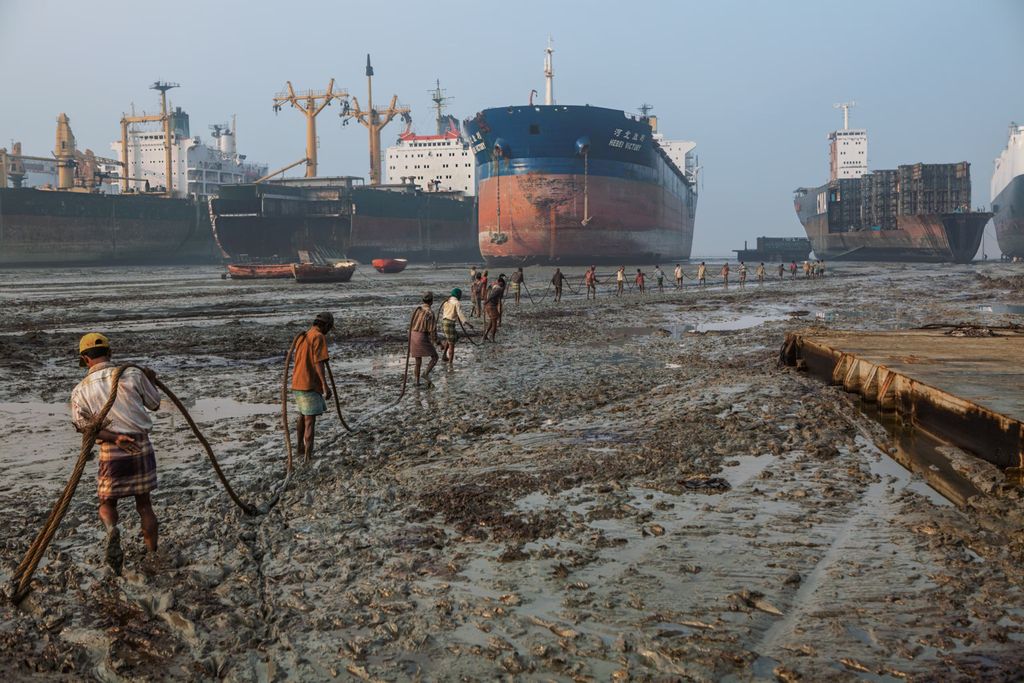
1. **The Anatomy of Shipbreaking: Defining the Process**: Shipbreaking, also known as ship demolition or ship recycling, is fundamentally the process of dismantling ships for scrap metal and recycling or disposal of their components. It’s a highly labor-intensive undertaking that, surprisingly, entirely excludes automation solutions, relying instead on numerous manual procedures. This hands-on approach is a defining characteristic of the industry, setting it apart from many other large-scale industrial activities.
The methods employed in shipbreaking facilities, or ‘shipbreaking yards’ as they are known today, are critical to understanding the operation. For instance, in places like the Aliaga shipyard in Izmir, Turkey, a common technique is the ‘landing method.’ As described by the NGO Shipbreaking Platform, this involves the vessel’s bow being ‘grounded on the shore while the stern is still afloat,’ which allows for a controlled, gradual dismantling process.
Furthermore, the ‘landing method’ specifically avoids less environmentally sound practices. The NGO Shipbreaking Platform explicitly states that ‘the yards do not resort to the gravity method, that is, dropping blocks into the water or onto the beach.’ Once the ship is partially grounded, ‘the blocks are… lifted by cranes onto a drained and impermeable working area,’ signifying an attempt at more controlled and responsible dismantling, though the full extent of this control can vary greatly depending on the yard’s location and regulation.
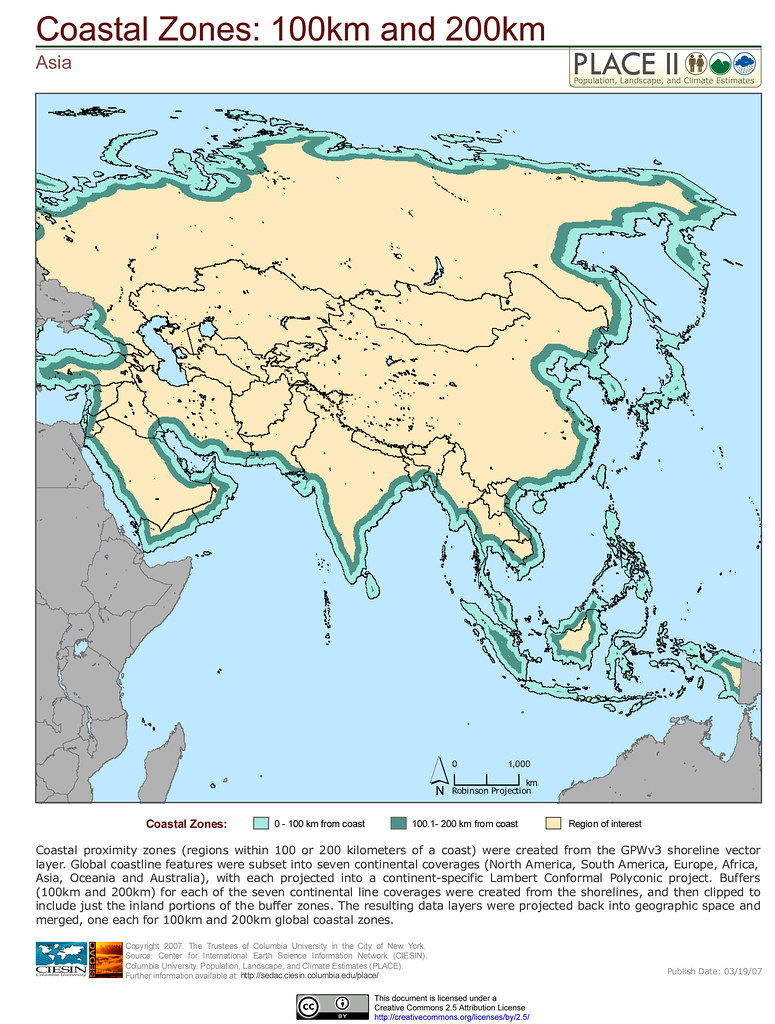
2. **A Global Shift: From Industrialized Nations to Asia’s Shores**: The geographical landscape of the shipbreaking industry has undergone a dramatic transformation since the 1980s, shifting almost entirely from strong-economy, highly industrialized countries to some of Asia’s most impoverished regions. In the not-so-distant past, countries like the UK, USA, Germany, and Italy were the primary hubs for scrapping ships, with operations often taking place in major port cities worldwide. However, a relocation process began as early as the late 1950s.
Today, the concentration of large shipbreaking yards in India, Pakistan, Bangladesh, and China is not accidental; it’s a direct result of key economic factors. The primary reason for this relocation is the substantially higher labor costs associated with manual dismantling procedures. These Asian nations offer ‘extremely low labor costs,’ making the process economically viable in ways it is not in more developed economies.
Compounding the labor cost advantage is another critical factor: the regulatory environment. Many of these developing countries in the Far East operate with ‘almost no environmental laws’ and a ‘lax of regulations and little environmental constraints.’ This absence of stringent oversight, combined with readily available cheap labor, has made them the dominant players in the global shipbreaking business, a stark illustration of globalization’s impact on industrial practices.

3. **The Economic Engine: Untangling Shipbreaking’s Financial Benefits**: Despite its contentious nature, the shipbreaking industry offers significant economic benefits, particularly for the nations where these yards operate. There are four major advantages that underpin its status as a powerful industry. First and foremost, the scrapping of ships often becomes a country’s main source of steel. This domestic supply ‘reduces the need to import steel materials, thus saving huge amounts of money,‘ providing a crucial input for national infrastructure and manufacturing.
Secondly, the industry is often framed as a ‘green industry’ due to its emphasis on recycling and reuse. Shipbreaking signifies the almost complete reutilization of ‘everything on the vessel and the vessel itself.’ This includes providing ‘raw materials to the steel industry, asbestos for re-manufacturing factories, even furniture, electrical and electronic equipment, lubricants, oil, etc.’ This extensive recycling minimizes waste and maximizes resource recovery.
Moreover, the ship recycling industry is a considerable generator of government tax revenues. These revenues primarily come ‘through import duties and the yards tax,’ contributing significantly to national treasuries in countries like Bangladesh, where it generates ‘almost US $130 million’ through various taxes. Lastly, and perhaps most importantly for the local populations, it provides ’employment for some of the poorest people of the world, who would otherwise have no employment at all,’ offering a vital, albeit often dangerous, lifeline.
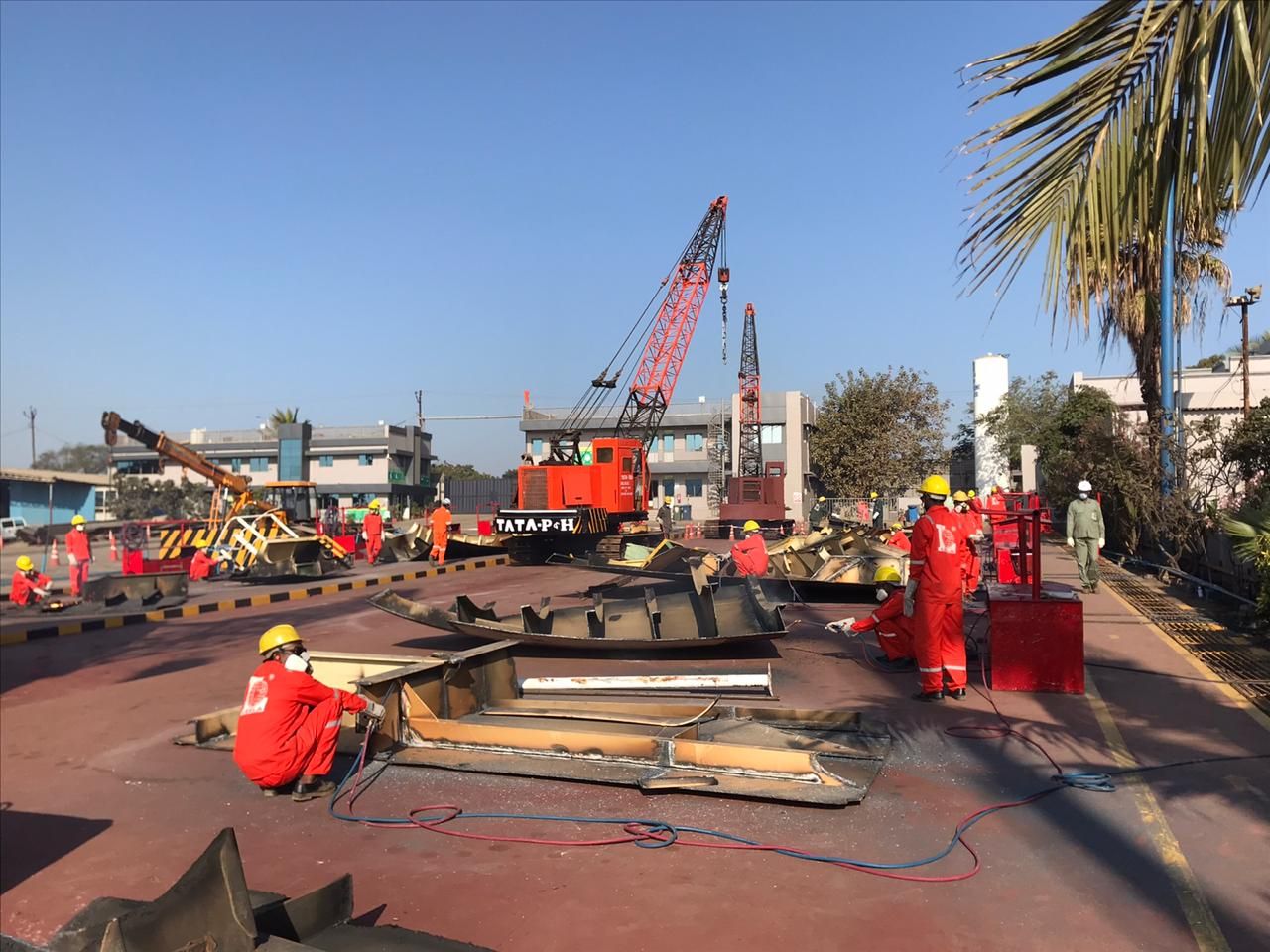
4. **A Human Cost: The Perilous Reality for Shipbreaking Workers**: While the economic benefits are undeniable, they are inextricably linked to profound social costs, especially concerning the welfare of the workers. Shipbreaking is unequivocally one of the most hazardous jobs globally, frequently listed among the ‘world’s most dangerous professions according to the International Labour Organization.’ The conditions under which these individuals work are often described as ‘primitive,’ highlighting a severe lack of safety provisions.
The statistics are grim: in Bangladesh, India, and Pakistan, there’s an alarming average of ‘1 serious accident per day and 1 death per week on the ship breaking yards.’ The causes of these tragedies are varied but common, including ‘falls, fire and explosions, suffocation, falling objects.’ Beyond immediate trauma, workers face long-term health catastrophes; many ‘contract cancers caused by asbestos and numerous other toxic substances,‘ a direct consequence of inadequate protection against the ship’s hazardous contents.
Despite calls for reform, the industry frequently fails to adhere to fundamental safety and environmental standards. Orders for yards to produce ‘environmental certificates, pre-cleaning reports and to ban the import of ships for scrap that had not been decontaminated in the export country’ are often ‘still not respected by the industry.’ This systemic disregard for worker safety and environmental protocols underscores the dire human cost embedded within the lucrative shipbreaking business.
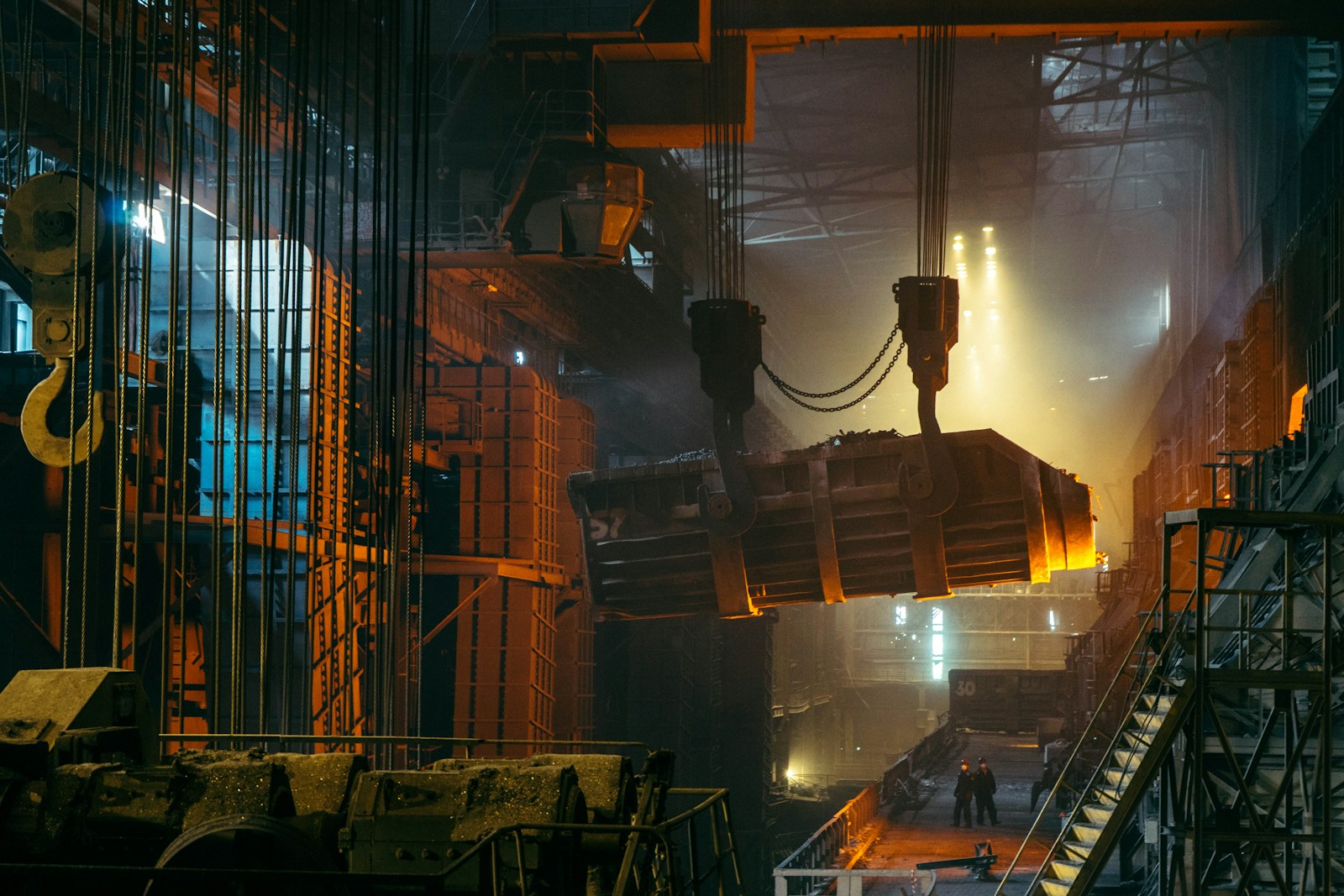
5. **Environmental Echoes: The Ecological Footprint of Ship Demolition**: Beyond the human toll, the shipbreaking industry carries a heavy environmental burden, especially in regions with lax regulations. Most ships, particularly older ones, ‘are used to carry such hazardous materials, like radioactive and toxic wastes, poisonous chemicals and oil,’ posing a significant threat during dismantling. The direct consequence of this is ‘high levels of pollution’ affecting surrounding ecosystems.
One of the most concerning environmental impacts is the ‘severe contamination of the sea bed and the entire marine food chain.’ This occurs because ‘wastes of the scrapped ships (especially oil and oil substances) are drained and dumped directly into the sea.’ The lack of robust environmental laws in many operational areas enables ‘large quantities of toxic materials to escape into the environment,’ creating long-lasting ecological damage.
Furthermore, ship scrapping activities contribute to broader marine pollution. The discharge of ‘ammonia, metal rust,’ and other contaminants ‘damages the bird population and numerous marine organisms (especially plankton and fishes).’ This pervasive contamination underscores why environmental advocates are pushing for more responsible and contained recycling methods, moving away from the ‘beach breaking’ approach that exacerbates these ecological harms.
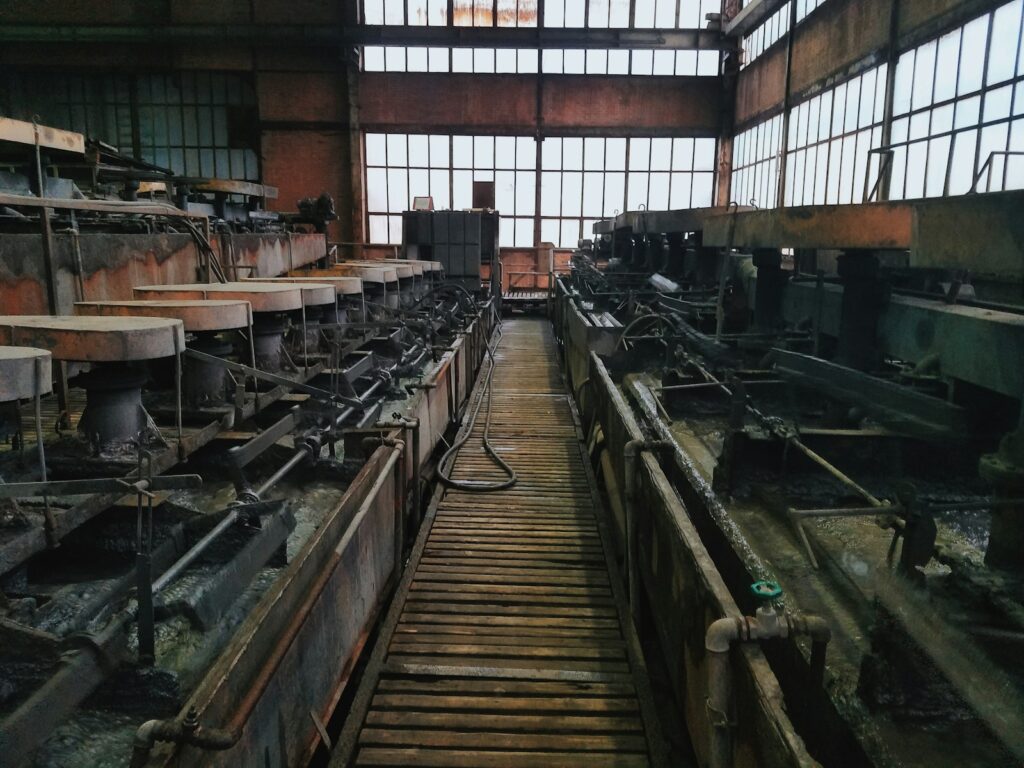
6. **The Global Map: Dominant Players in the Shipbreaking Industry**: The global landscape of shipbreaking is overwhelmingly dominated by a handful of Asian nations, which have firmly established themselves as the world’s undisputed leaders in this business. These countries have cemented their position primarily due to the factors of cheap labor and minimal regulatory oversight, attracting a vast majority of the world’s end-of-life vessels. The statistics starkly illustrate this geographic concentration of power.
India stands at the forefront, processing a staggering ‘48%’ of all scrapped vessels. Its massive yards, such as Alang, are often referred to as the ‘world’s biggest graveyard for ships.‘ Following closely, China accounts for ‘21%’ of the global share, with Bangladesh contributing another significant ‘19%.’ Pakistan, home to yards like Gadani, commands ‘10%,’ while all ‘Others’ combined make up a mere ‘2%.
In recent years, Turkey has also gradually entered the industry, positioning itself as a key player outside of the traditional South Asian giants. Its facilities, like Aliaga, are increasingly recognized for their capacity. This statistical breakdown clearly shows how central these Asian yards are to the global ship recycling ecosystem, making them critical hubs in the lifecycle of maritime vessels.
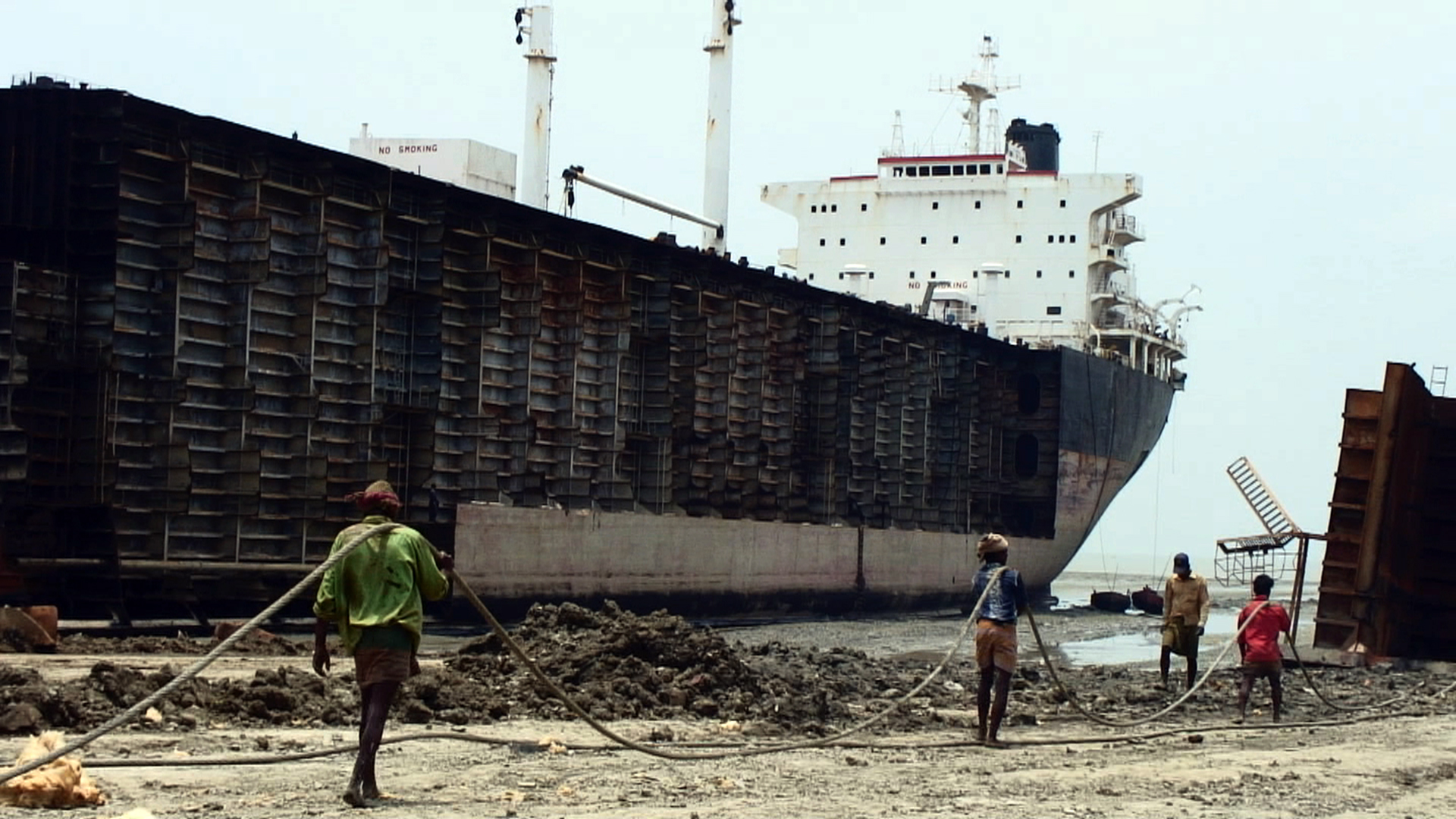
7. **The Unseen Workforce: Demographics of Shipbreaking’s Laborers**: The sheer scale of the shipbreaking industry demands a massive workforce, and globally, it employs ‘over 100,000 workers.’ This vast labor pool is predominantly found in the major shipbreaking nations, often drawn from the poorest and most uneducated segments of their populations, highlighting the socio-economic dynamics at play. The demographics of these workers reveal a concerning picture of vulnerability and limited opportunities.
A significant portion of this workforce is remarkably young; ‘41% of them are between 18-23 years old.‘ Even more alarming is the presence of child labor, with ‘11% [being] children (under the age of 18).’ This indicates a pervasive issue where young, often desperate, individuals are exposed to extremely hazardous conditions at a tender age, sacrificing their future health for meager wages.
Furthermore, the educational background of these laborers points to systemic disadvantages. A striking ‘46% of all workers are illiterate,’ making them particularly vulnerable to exploitation and less aware of the dangers they face. In places like Pakistan’s Gadani Shipbreaking Yard, workers, many of whom are Pashtuns—a very poor local tribe—earn as little as ‘GBP 2,25 (USD 3,5) a day,’ showcasing the dire economic necessity that drives participation in such dangerous work.
Beyond the fundamental processes and immediate impacts, the shipbreaking industry is a dynamic ecosystem shaped by specific market forces, the hidden dangers lurking within decommissioned vessels, and evolving efforts towards greater accountability. As we navigate deeper into this complex world, we uncover the intricate layers that define its present and future, from the surprising trends in container ship disposal to the critical regulatory frameworks striving for a more responsible path.

8. **Shifting Tides: Container Ship Scrapping Market Changes**: The market for container ship scrapping has undergone remarkable shifts, with a notable acceleration in recent years that defies previous trends. A 2013 Lloyd’s List report officially indicated that container ship scrapping rates reached unprecedented levels that year, surpassing all prior records. This surge in demolition activity for cellular ships was significant, even though the capacity removed through scrapping was still outpaced by newbuild ship deliveries at a ratio of one to three.
This rapid acceleration in ship scrapping was primarily attributed to a strategic tendency: the removal of Panamax-class cargo ships under charter. These smaller vessels, typically with a capacity of around 4,000 TEUs (twenty-foot equivalent units), found themselves operating with charter rates at highly depressed levels, often falling below US $10,000 per day. This stood in stark contrast to the peak charter rates observed in 2005, which soared to almost US $45,000 per day, making continued operation financially unfeasible for many.
Another telling indicator of this market shift was the decrease in the average age of boxships designated for scrapping. Previously, vessels were typically decommissioned at an operational age of 25 to 30 years; however, this average age remarkably fell to under 20 years. This reduction in the operational lifespan before scrapping underscores the economic pressures and changing dynamics within the global shipping industry, where younger ships are being sent to demolition yards much sooner than historical norms.

9. **The Hidden Dangers: Hazardous Materials and Pervasive Pollution**: Beneath the layers of steel and machinery, older ships are veritable repositories of hazardous substances that pose grave risks during the dismantling process. These include materials like asbestos, extensively used as a heat insulator on older vessels, and persistent organic pollutants such as PCBs (polychlorinated biphenyls) and other lethal POPs, all of which are banned as dangerous in developed countries. The presence of these toxins is a primary reason why shipbreaking is economically unviable in most developed nations.
In stronger economies, the cost associated with the proper removal of asbestos, coupled with expensive insurance and health risks, often outweighs the scrap metal’s value. This contrasts sharply with the situation in developing countries, where the absence of stringent regulations often means no risk of personal injury lawsuits or health claims by workers, and frequently, inadequate or even non-existent protective equipment. This stark reality underpins why major shipbreakers predominantly operate in the Third World.
The human toll from these hazardous materials is profound and devastating. Many pollutants commonly found on these vessels can cause a wide array of serious health problems for workers, ranging from various forms of cancer and severe pulmonary issues like asthma and asbestosis, to the disruption of hormonal systems. The lack of proper safety measures and protective gear means that workers are directly exposed to these insidious substances daily, leading to chronic and often fatal illnesses over time.
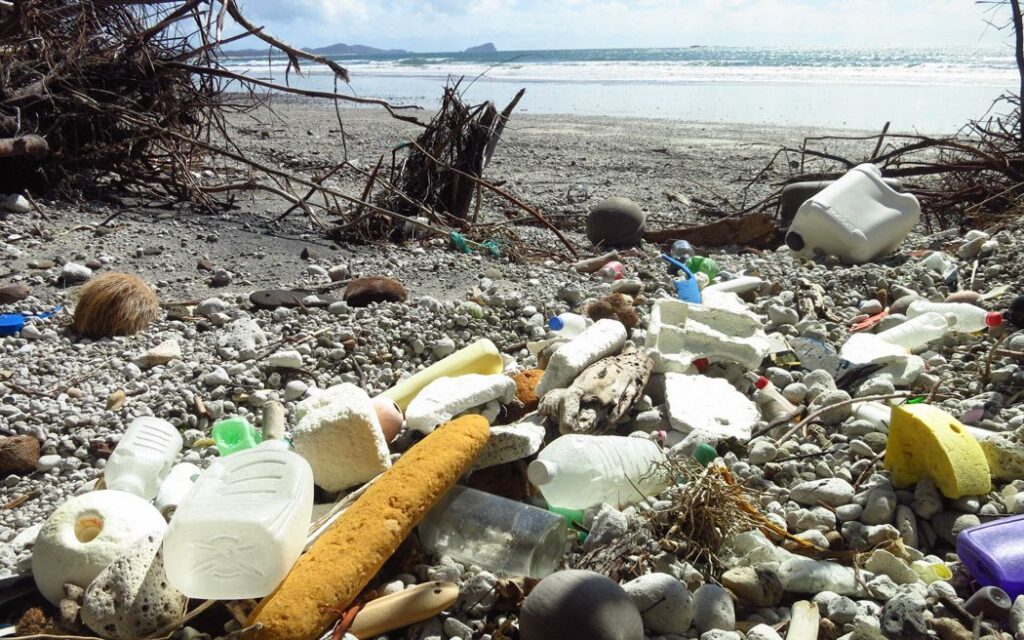
10. **Ecological Scars: Coastal Contamination and Marine Life Impact**: Beyond the direct harm to human health, the shipbreaking industry leaves an indelible mark on the environment, particularly impacting coastal ecosystems in regions with lax regulatory oversight. A most critical concern is the severe contamination of coastal soil and seawater. This pollution occurs because wastes from scrapped ships, especially oil and various oil substances, are routinely drained and dumped directly into the sea, turning once-pristine marine environments into toxic dumping grounds.
The absence or laxity of environmental laws in many of the operational areas for shipbreaking facilitates the escape of large quantities of toxic materials directly into the surrounding environment. This unchecked release of pollutants creates long-lasting ecological damage, permeating the delicate balance of the marine ecosystem. The long-term implications of such contamination extend far beyond the immediate site of a shipbreaking yard.
Furthermore, the pervasive nature of ship scrapping activities contributes to broader marine pollution through the discharge of other harmful elements, including ammonia and metal rust. These contaminants have a detrimental effect on local wildlife, causing significant damage to bird populations and numerous marine organisms, most notably plankton and fishes, which form the base of the marine food chain. This extensive contamination is a driving force behind global calls for more responsible and contained recycling methods, moving away from the environmentally destructive ‘beach breaking’ approach.
Underpinning these efforts is the European Union’s robust regulatory framework. As of December 2018, the EU’s European Commission had listed a total of 26 shipyards in its ‘European List of ship recycling facilities,’ with 23 located in Europe and three in non-EU states (two in Turkey and one in the USA). Crucially, since January 2019, the EU Ship Recycling Regulation mandates that all vessels flagged in an EU Member State must be recycled at an approved facility from this list. This regulatory muscle, combined with legal precedents and transparency initiatives, signifies a growing global commitment to transforming the shipbreaking industry into a more ethical and sustainable practice, ensuring that the final journey of a ship is as responsible as its voyages at sea.



